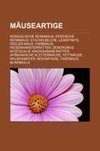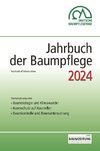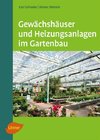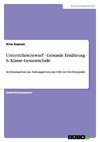
-
 Anglický jazyk
Anglický jazyk
Spatial Requirements For Pigeonpea Genotypes During Rabi Season
Autor: Yerva Ashoka Reddy
Among the pulse crops grown in India, pigeonpea is the second important crop cultivated over an area of 3.37 million hectares with an annual production of 2.26 million tonnes and a productivity of 871 kg ha-1. The lower yields of pigeonpea are attributed... Viac o knihe
Na objednávku, dodanie 2-4 týždne
57.33 €
bežná cena: 63.70 €
O knihe
Among the pulse crops grown in India, pigeonpea is the second important crop cultivated over an area of 3.37 million hectares with an annual production of 2.26 million tonnes and a productivity of 871 kg ha-1. The lower yields of pigeonpea are attributed to the non availability of improved cultivars that are sensitive to the pests and diseases with change in climate for a short period, in addition to the crop and land management practices. Among the different agronomic practices, date of sowing, row spacing (crop geometry) and plant population for a particular cultivar and crop management practices plays an important role in determining the yields in pigeonpea. In this context, it was planned to evaluate the influence of different row spacings on pigeonpea varieties.The present study has revealed that the variety ICPL-85063 spaced at closer spacing of 45x15 (1,48,148 plants ha-1) cm resulted in higher seed yield and economic returns followed by TRG-22 and LRG-41 at same row spacing.
- Vydavateľstvo: LAP LAMBERT Academic Publishing
- Rok vydania: 2013
- Formát: Paperback
- Rozmer: 220 x 150 mm
- Jazyk: Anglický jazyk
- ISBN: 9783659418617

 Nemecký jazyk
Nemecký jazyk 









